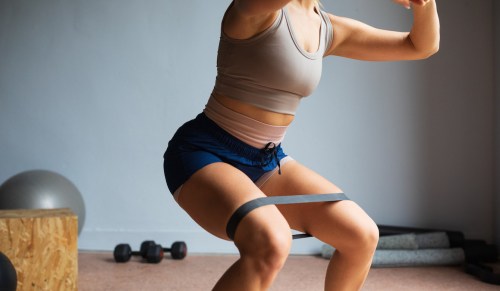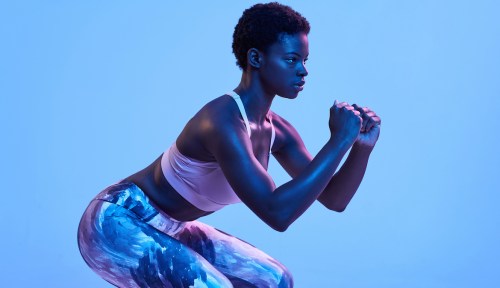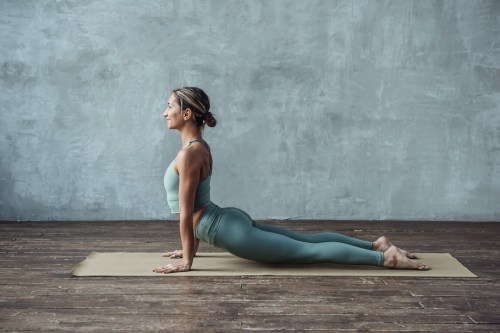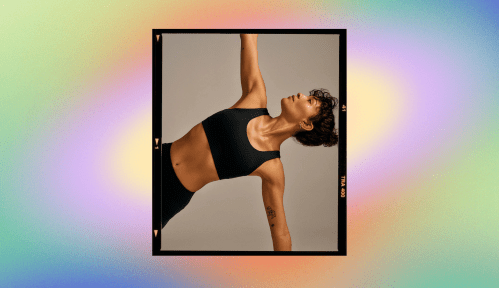My least favorite strength training move is utterly unavoidable. It shows up in almost every workout routine. But with endless variations, from the windshield wiper to the dreaded seal walk, I’ve come to learn that the plank is a necessary evil, and one that delivers impressive results. If by some miracle you’ve mastered the movement, you should try to flip it and reverse it. That’s right, it’s time to add the reverse plank to your gym shuffle.
Blink Fitness program manager Phil Timmons says reverse planks target very different muscle groups. “Normal planks target anterior chain muscles, and reverse planks target posterior chain, [such as] hamstrings, glutes, lats, scapular retractors, and rotator cuff muscles,” he says.
To lift into one, lie on your back, place your hands by your hips with your fingertips facing your feet, and press your hips upward so that your feet and hands are the only part of your body touching the ground. Make sure your body is “straight and stiff as a surfboard,” your hips in line with your shoulders and ankles. Squeeze your belly button in toward your low back. Shoulders should also be set down and back, explains Timmons.
As you may have gleaned from the description, one of the most challenging parts of the reverse plank is the shoulder mobility it requires, says Brandon Hirose, a trainer at Crunch Gym. Check in with your joints and flexibility before giving your muscles the green light (i.e., work on shoulder mobility before attempting a reverse plank).
Once you’re feeling limber, both trainers say that you can begin incorporating this remixed move in your warm ups, cool downs, or really anytime you want to burn out your glutes and thighs. And if you’re in for a demanding variation, Hirose says that you can place your feet on a bench, or another raised surface, so you body is parallel to the floor. Then, your only job is to feel the burn.
Try this workout that targets every single muscle in your abs, or this 10-minute yoga sequence that will make you say OM-G.
Sign Up for Our Daily Newsletter
Get all the latest in wellness, trends, food, fitness, beauty, and more delivered right to your inbox.
Got it, you've been added to our email list.











